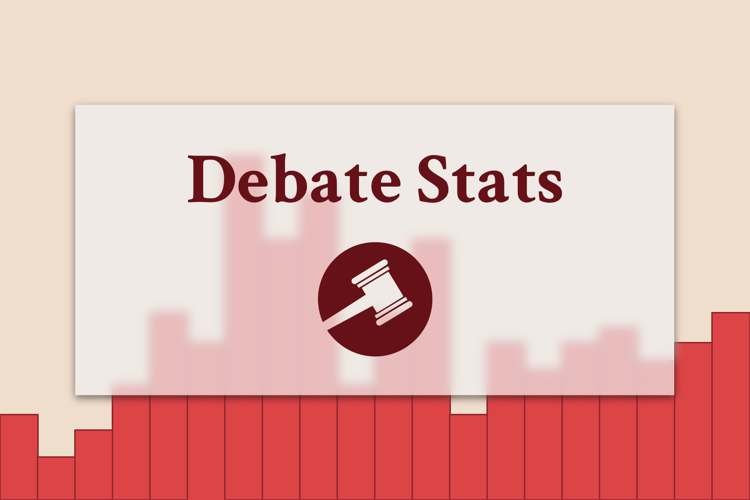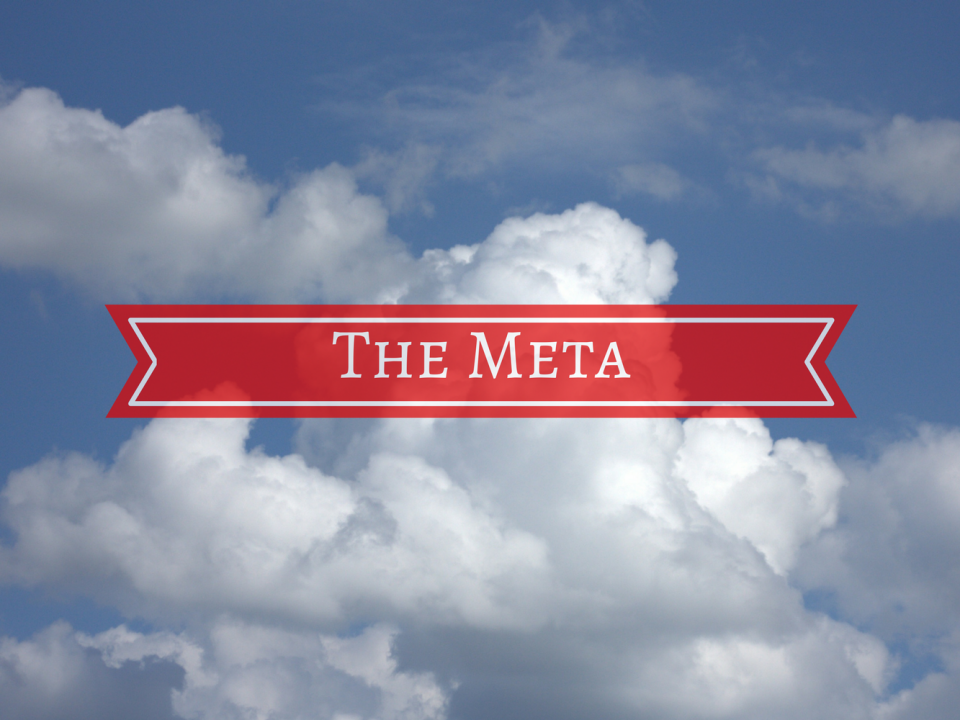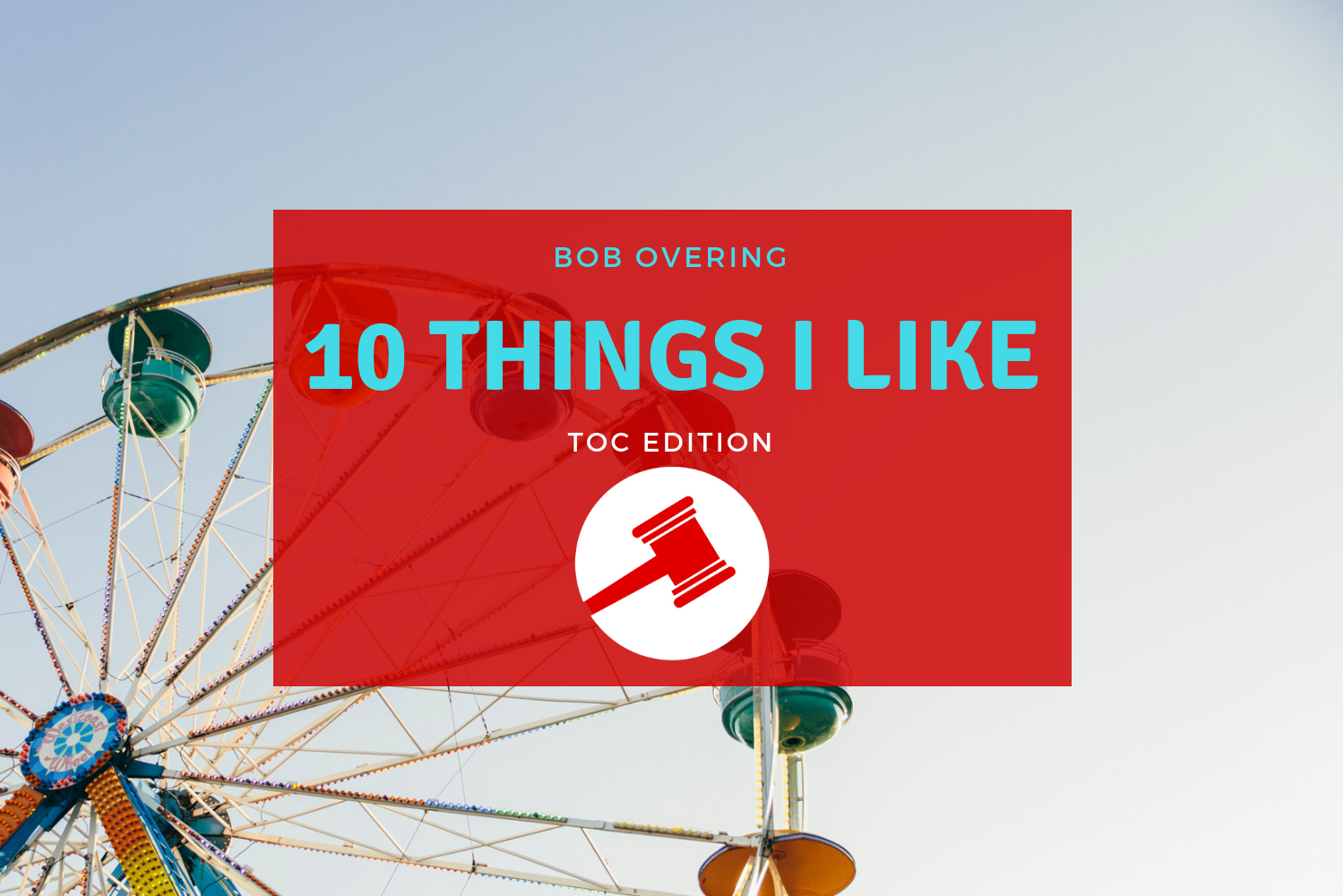Bid Tournaments Part 1: Allocation and Trends (Kenan Anderson)

As a debater, I was always interested in the process behind bid tournament selection and bid allocation. To examine bid tournaments throughout the years, I opened up an excel spreadsheet and some historical lists of bid tournaments to see if there have been any notable trends, both for specific tournaments, and the state by state allocation of bids. You can find a polished version of that spread sheet here. These are some of the conclusions I drew from looking at the bid distribution of tournaments from the 2015-16 season to the current 2018-19 season: More prestigious bid tournaments tend to be very stable but the distribution of bids by state still raises concerns or questions.
The Core Numbers and Stability
One of the most obvious and perhaps most boring trends you’ll notice in the history of bid tournaments is that they tend to stay the same. Of the 61 total1 This includes tournaments which had bids in 2015-16 but have since lost them, such as the Iowa Caucus (IA) I analyzed, 35 bid tournaments (nearly 60%) did not change their bid allocation between the ‘15-16 season and the ‘18-19 season. 14 bid tournaments (23%) experienced a net gain in bids, while 12 tournaments (20%) experienced a net loss in bids. Notably though, among those tournaments that gained or lost bids, only 3 tournaments, Peninsula (CA), Sunvitational (FL), and Iowa Caucus (IA) shifted tiers more than once. While four seasons is still a relatively short time period, the data demonstrate that within the average career of a debater, bid allocation is unlikely to shift dramatically.
Disproportionate Movement by Tier
Another common trend is that higher tier bid tournaments tend to be more stable than lower ones. Not a single octos bid tournament experienced a shift during the past 4 seasons, and only 3 quarters bids and 4 semis bids experienced shifts. That means of the 26 tournaments that experienced shifts in tiers over the past four years, 19 or a whopping 73% are either currently finals bids, or small tournaments which have lost their bids entirely. This seems to follow intuition and best practices by the TOC committee. Having stability in major tournaments shows that these tournaments provide reliably good competition and judging year after year, and the committee doesn’t hand out major tiers such as quarters and octos bids without real cause. Further, they’re displaying a willingness to experiment to a degree with finals bids, to see which do and don’t provide good competition/experiences and adjust accordingly.
Other Tournament Notes
- Peninsula (CA) wins the “rising star” award as the only tournament to receive two promotions within the past four years.
- The Iowa Caucus (IA) and Sunvitational (FL) are the only two tournaments to receive two demotions in the past four years. Caucus went from semis to no bid while Sunvitational fell from a quarters to a finals bid. Both received back to back demotions.
- Cypress Bay (FL) wins the “Come Back Kid” award for being the only tournament to lose its bid status entirely for a year, and bounce back the next season.
States by the Numbers
In between 2015 and 2019 there are 26 states that have/had bid tournaments within them. Of those 26, 12 experienced no net change2 Individual tournaments within the state may have shifted, but other tournaments shifted in the opposite direction equally. For example, between the ’16-17 season and the ’17-18 season every tournament in FL experienced a shift, but the total amount of bids in FL remained the same. at all and 7 experienced changes of two bids or less. Once again, the overall trend here is relative stability. California leads with both the most bids this season (78) and the most bids gained over the past four years (+12). Texas follows with 56 bids, and a net gain of 4. After that there is a steep drop off though, with Minnesota and Massachusetts being tied for third at 24 bids (one octas bid and one quarters bid each). Six states experienced net losses, with Iowa hurting the most in losing 6 bids total. Utah, Florida, Washington, and Alabama all lost four bids.
However, as many of you are likely already thinking, certain states are much larger than others and should get more bids proportionally. In order to analyze the proportional level of bids, I created a metric of bids per million (or BPM). I chose this over other metrics because I felt it was both easier to conceptualize, and because with 334 bids total and a population of around 325 million the nation as a whole has a nice even BPM of 1.03. This should help us compare which state have more or fewer bids that the national average. Obviously population isn’t the perfect metric, since certain states (I’m looking at you Florida) have older populations and consequently fewer high school students, but it provides a useful starting point.
Topping out the list with the highest BPM is the great state of Iowa, which despite losing several bids over the past four years has a staggeringly high 5.7 BPM. Nearly 6x the national average! (Before it’s losses Iowa would’ve had a BPM over 7). Iowa is followed by my home state of Minnesota at 4.3 BPM, Nevada at 4.0 BPM, and Connecticut at 2.23 BPM. At the other end of the spectrum Pennsylvania comes in last with an incredibly low .16 BPM. Given that Pennsylvania is the 5th largest state in the country and boasts two major metro areas, its low bid allocation is a major outlier. Notably, several other large states (i.e. Ohio, Michigan, and Virginia) also lack any bid tournaments. Nebraska wins the award for being most average with 1.04 bids per million, almost exactly the national average. Another fact that stuck out to me was that the state of Florida, often thought of as one of the central power centers of LD debate, lags the national average in bid allocation at a relatively low .57 BPM.
I will end this section by noting that states are in many ways a poor way to break down regions. For example, it is much easier from a travel perspective for a New York debater (or coach or judge) to attend tournaments in Connecticut or New Jersey than it is for a debater from Los Angeles to attend tournaments in San Francisco even though it is in-state. Furthermore, there is quite possibly a trade-off effect between various forms of debate. For example, a state with several nationally competitive Public Forum teams might lack LD programs both because students interested in debate join PF but also because there isn’t the institutional knowledge to support LD in that area. This means from the standpoint of trying to promote debate as a critical thinking activity, assessing every state is difficult. However, all of that being said, some schools do have travel policies that rely on an in-state/out-of-state distinction, so state borders are not entirely arbitrary.
In my next post I’ll zoom out a little and look at bid tournament allocation by regions. Check back soon to find out which regions have the most bids, deserve more, as well as how various tournaments affect regional diversity.



